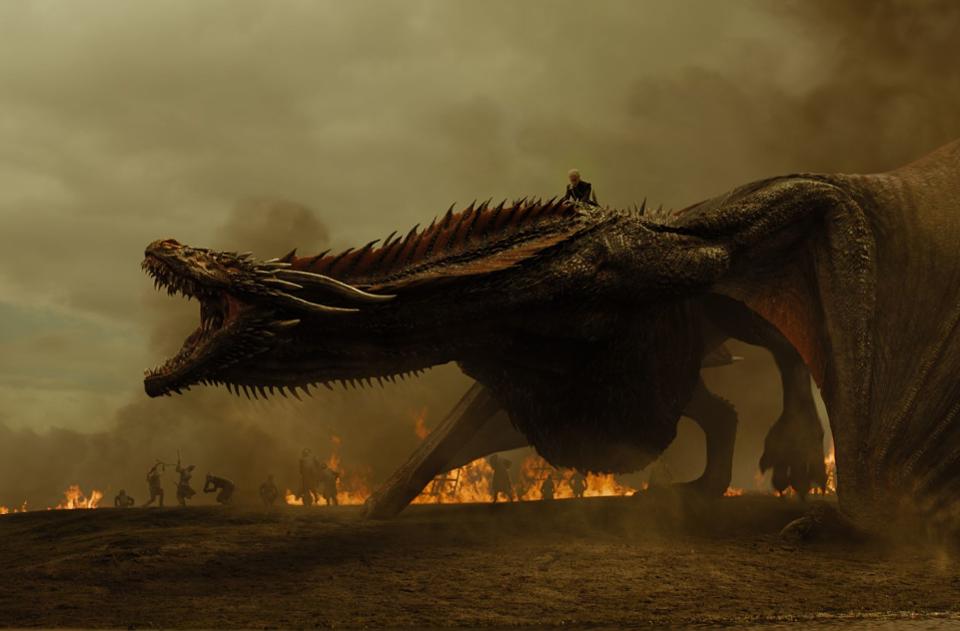The dragon is one one of the most well know imaginary or mythological creatures there is, it features in myths and legends around the world in many different cultures, and it is this prevalence that makes it hard to ignore and likely that they did once exist.
Typically a dragon is depicted as being scaled, and reptilian or serpentine in appearance, and often fire-breathing. They also usually have avian traits, such as being winged, and occasionally feathered. Though they feature heavily across the globe, there is always a likelihood that myth naturally spread between cultures – the two most well-known and well-documented cultural traditions of dragons are
The European Dragon
The European dragon would have originated from European folk traditions and mythologies from the Balkans and Western Asia. Dragons are usually depicted as reptilian or serpentine creatures with animal-level intelligence rather than higher intelligence that they are sometimes imbued today, where they have the ability to talk. Dragons at this time were usually shown as having 6 limbs – four legs and a separate set of wings.
The Chinese Dragon
The Chinese dragon, which in turn would have influenced all of the Asian interpretation of the Dragon, such as the Japanese dragon, and those of Korea and other East Asian and South Asian countries. Most of these dragons are depicted as serpentine creatures, they are quadrupeds, with four legs, but lack the wings of the European counterparts. They also differ from the European dragon, with their above-average intelligence.


Recent Comments